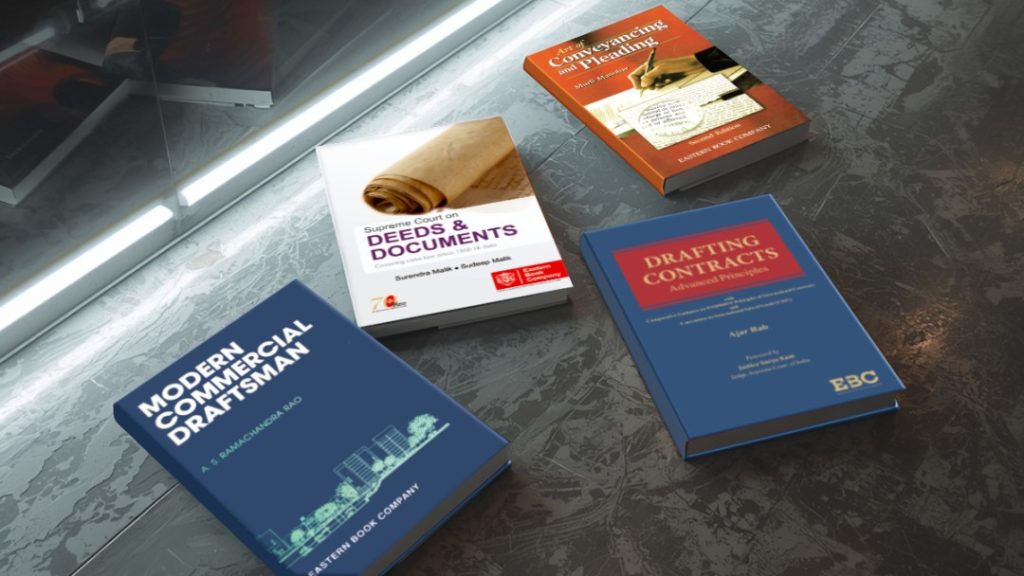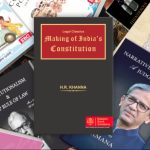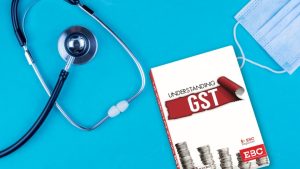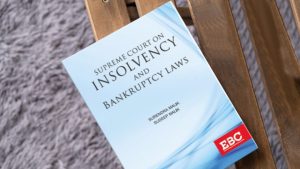
To begin with, pleadings are the cornerstone of any civil adjudication. They define what the parties claim and deny, frame the issues, and guide the entire litigation. Without proper pleadings, a court cannot determine the controversy fairly—and parties may be unfairly surprised during trial.
In this primer, we will explore:
- The definition and scope of pleadings
- Objectives and importance
- Types of pleadings
- Fundamental and general rules
- Key legal provisions
- Amendment and supplementation
- Pitfalls, best practices, and comparative insights
By the end, you’ll have a structured mental model of pleadings and a solid foundation for further study.
What Are Pleadings? — Definition & Scope
Definition
Under Order VI, Rule 1 of the Code of Civil Procedure, 1908 (CPC):
“Pleading shall mean a plaint or a written statement.”
More broadly, pleadings are written statements filed by each party in a case, setting forth their contentions—facts, claims, denials, and defenses.
Pleadings are distinct from evidence. They state what a party asserts, not how it will be proven.
Scope
In civil litigation, the principal pleadings include:
- The plaint (by the plaintiff)
- The written statement or answer (by the defendant)
- Any additional pleadings, such as replication, rejoinder, set-off, or counterclaim
Not every document filed in a case is a pleading. Motions, affidavits, and written arguments are treated differently. The scope of pleadings is also limited—new facts cannot generally be raised at trial unless previously pleaded or formally amended.
Why Pleadings Matter — Objectives & Importance
Pleadings serve multiple critical purposes:
- Defining the dispute
They clarify the exact issues in controversy and establish the boundaries of the case. - Providing fair notice
By revealing each party’s claims and defenses early, pleadings prevent surprise and ensure fairness in adjudication. - Narrowing the scope of trial
Only contested facts require proof, thereby saving time and resources. - Guiding evidence and trial strategy
Pleadings inform both parties of the evidence they must prepare to present or refute. - Preventing multiplicity of proceedings
Clear pleadings can help avoid repetitive or unnecessary litigation. - Ensuring judicial efficiency
Well-framed pleadings assist the judge in focusing on relevant facts and applying the appropriate law.
Thus, pleadings are far more than a procedural requirement—they are a strategic and functional necessity.
Types of Pleadings
Here’s how pleadings typically unfold in civil procedure:
| Stage | Type of Pleading | Filed By | Purpose |
|---|---|---|---|
| Initiation | Plaint | Plaintiff | Lays down the cause of action and relief sought |
| Response | Written Statement | Defendant | Admits or denies allegations; states defenses |
| Further Response | Replication | Plaintiff | Responds to new facts in the written statement |
| Clarification | Rejoinder | Defendant | Replies to the replication (rarely used) |
| Counteraction | Counterclaim | Defendant | Introduces a claim against the plaintiff |
| Offset | Set-off | Defendant | Claims adjustment against plaintiff’s demand |
| Supplementation | Supplemental Pleading | Either party | Adds facts arising after the original pleading |
The availability of certain pleadings, like replication or rejoinder, varies based on jurisdiction and court rules.
Fundamental & General Rules of Pleading
Fundamental Rules (Order VI, Rule 2 CPC)
- Plead facts, not law
Only the material facts must be stated. Legal conclusions or arguments should not be part of pleadings. - State material facts only
The facts must be relevant and necessary to establish the party’s case or defense. - Do not plead evidence
Avoid stating how facts will be proved (no evidence or witnesses should be included in pleadings). - Ensure clarity and precision
Pleadings must be concise, clear, and logically structured to avoid confusion.
General Rules
- Separate numbered paragraphs: Each allegation should be in a distinct, numbered paragraph.
- Dates, figures, and quantities: Must be expressed both in words and numerals.
- Special cases: Allegations involving fraud, misrepresentation, or breach of trust require detailed particulars.
- Signature and verification: Pleadings must be signed by the party or an authorized representative and verified on oath.
- Standard forms: When applicable, standard forms as per court rules or appendices should be followed.
- Striking out: Courts may strike out irrelevant, scandalous, or vexatious material.
- Amendments: Parties may seek permission to amend pleadings, but only within the rules and at the court’s discretion.
Legal Framework and Key Provisions
Under the Code of Civil Procedure (CPC), 1908 (India)
- Order VI: General rules relating to pleadings
- Order VII: Rules for drafting a plaint
- Order VIII: Rules for drafting a written statement, set-off, and counterclaims
- Order VI, Rule 17: Amendment of pleadings
- Order VI, Rule 18: Filing of supplemental pleadings
These rules guide not just the content but also the structure and timing of pleadings.
Amendment and Supplementation of Pleadings
Amendments allow for flexibility but must be regulated to prevent misuse.
Order VI, Rule 17 (CPC)
Courts may permit parties to amend pleadings at any stage of the proceedings, provided:
- It is necessary to determine the real questions in controversy
- It does not cause prejudice to the other party
- It is not barred by limitation laws
- The amendment does not change the fundamental nature of the case
Supplemental Pleadings
Under Rule 18, parties can file new pleadings based on facts that emerged after the original pleadings were submitted. However, these also require the court’s permission.
Common Pitfalls and Best Practices
Common Pitfalls
- Pleading legal conclusions without stating factual grounds
- Including irrelevant details or evidence
- Being vague, ambiguous, or inconsistent
- Missing verification or improper formatting
- Late or improper amendment requests
Best Practices
- Focus on what needs to be proved, not how it will be proved
- Break pleadings into clear, concise, numbered paragraphs
- Avoid repetition and legal jargon
- Verify facts before filing; always double-check for compliance with procedural rules
- File amendment applications early, with justification
- Study sample pleadings and court templates for structure
Case Law Insights (India)
- Ladli Prasad v. Karnal Distillery Co. – Emphasized that pleadings help bring parties to specific issues.
- Devki Nandan v. Murlidhar – Courts cannot base decisions on unpleaded facts.
- Virendra Kashinath v. Vinayak Joshi – Reaffirmed the need for precision and clarity in pleadings.
These decisions reinforce the principle that pleadings shape the course and fairness of litigation.
Comparative Perspective
While this guide focuses on Indian law, most common law countries follow similar principles:
United States (Federal Rules of Civil Procedure)
- Rule 7: Types of pleadings
- Rule 8: General rules of pleading
- Rule 9: Pleading special matters (e.g., fraud)
- Rule 15: Amended and supplemental pleadings
United Kingdom (Civil Procedure Rules)
- Part 16: Statements of case
- Focus on conciseness and clarity, with detailed particulars in certain cases
The underlying principles—plead material facts, avoid evidence, ensure fairness—remain consistent across jurisdictions.
In summary, pleadings are not merely procedural requirements—they are a strategic tool and a legal necessity in civil litigation. Every law student should master the art of pleading, keeping in mind:
- The definition, function, and types of pleadings
- The statutory rules and judicial interpretations
- The technical requirements and drafting principles
- The procedures for amendment and supplementation
- The common pitfalls to avoid and best practices to adopt
For further understanding, you may check out this resource.
















